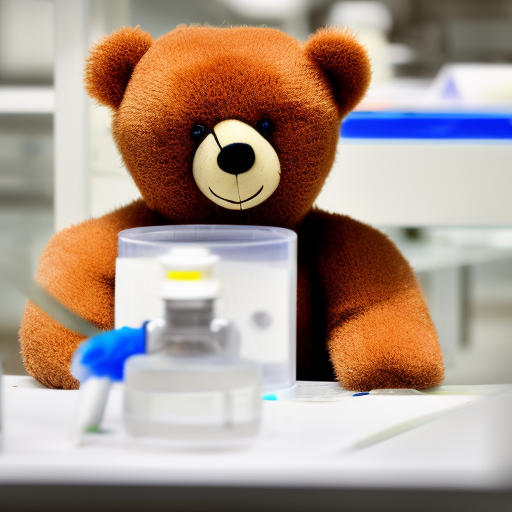Our Services
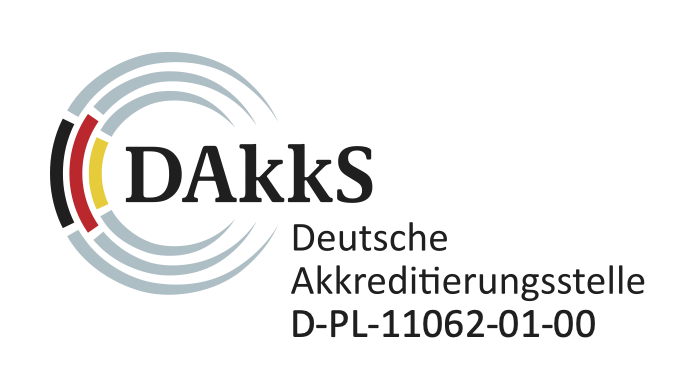
Accredited tests
Our accredited tests Specified tests from the appendix of our accreditation certificate D-PL-11062-01-00 according to DIN EN ISO/IEC 17025:2018 Strength tests and mechanical function tests,
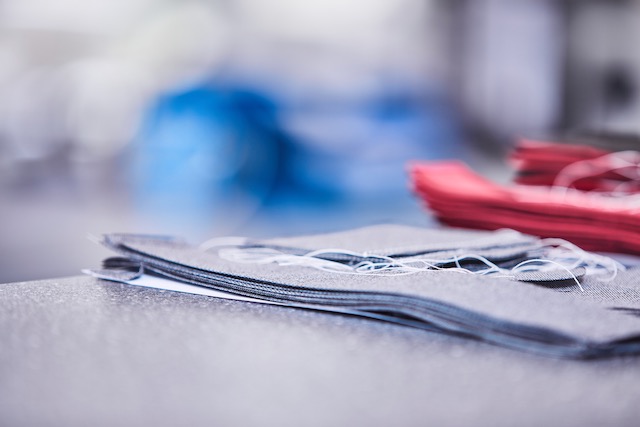
Tensile strength testing with the Grab Test
Grab Test, a method used to determine the tear strength and elongation of textile fabrics. This test measures the maximum force required to tear a
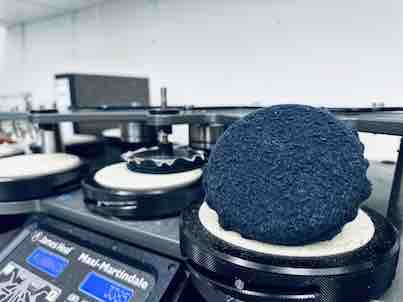
Pilling – Martindale method
Our laboratory offers the DIN EN ISO 12945-2 modified Martindale method to determine the pilling tendency of textile fabrics. This method involves assessing the formation
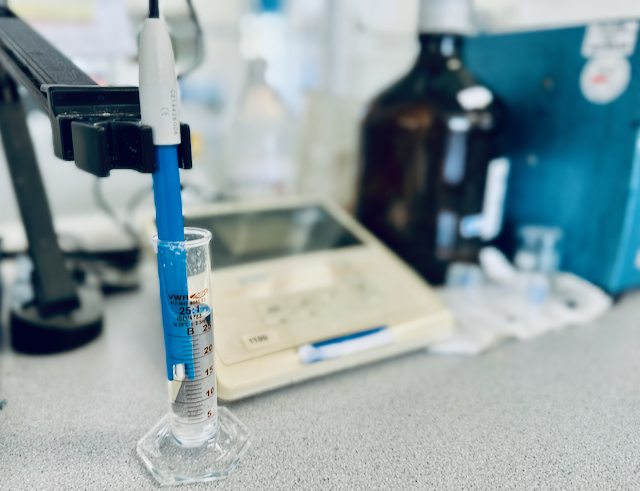
pH value determination
pH-value of aqueous extract DIN EN ISO 3071 specifies a method for determining the pH value of textiles. A defined amount of the textile is
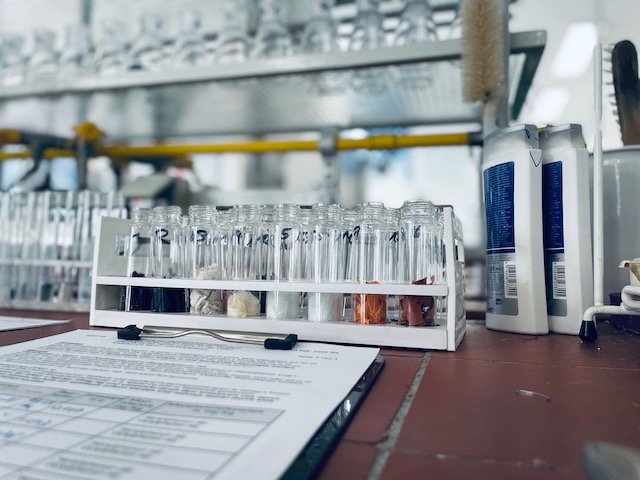
Nickel release
DIN EN 1811 describes a method for determining the release of nickel from metal parts. For coated metals, an abrasion process according to DIN EN
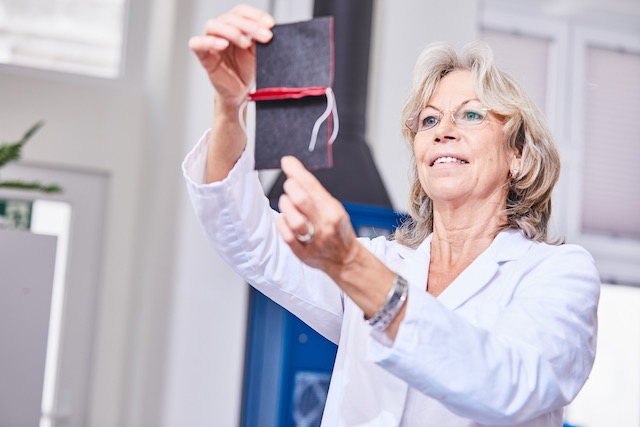
Seam shift resistance with fixed seam opening
DIN EN ISO 13936-1, Textiles – Determination of sliding resistance of yarns in fabric seams – Part 1: Method with specified seam opening The method
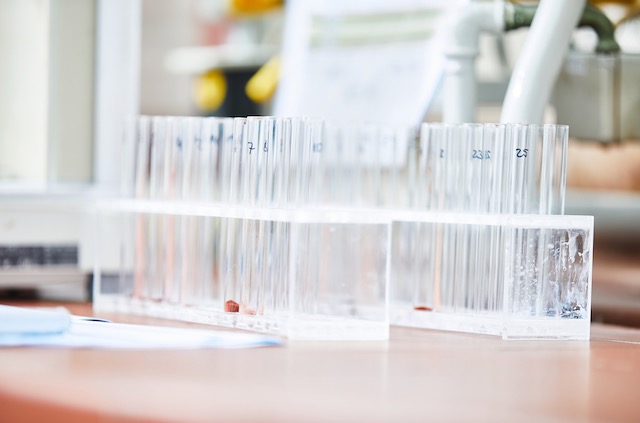
Formaldehyde determination
Formaldehyde: quantitative determination of free formaldehyde (SOP 4193) DIN EN ISO 14184-1 specifies a method by which free formaldehyde is extracted with water from textiles
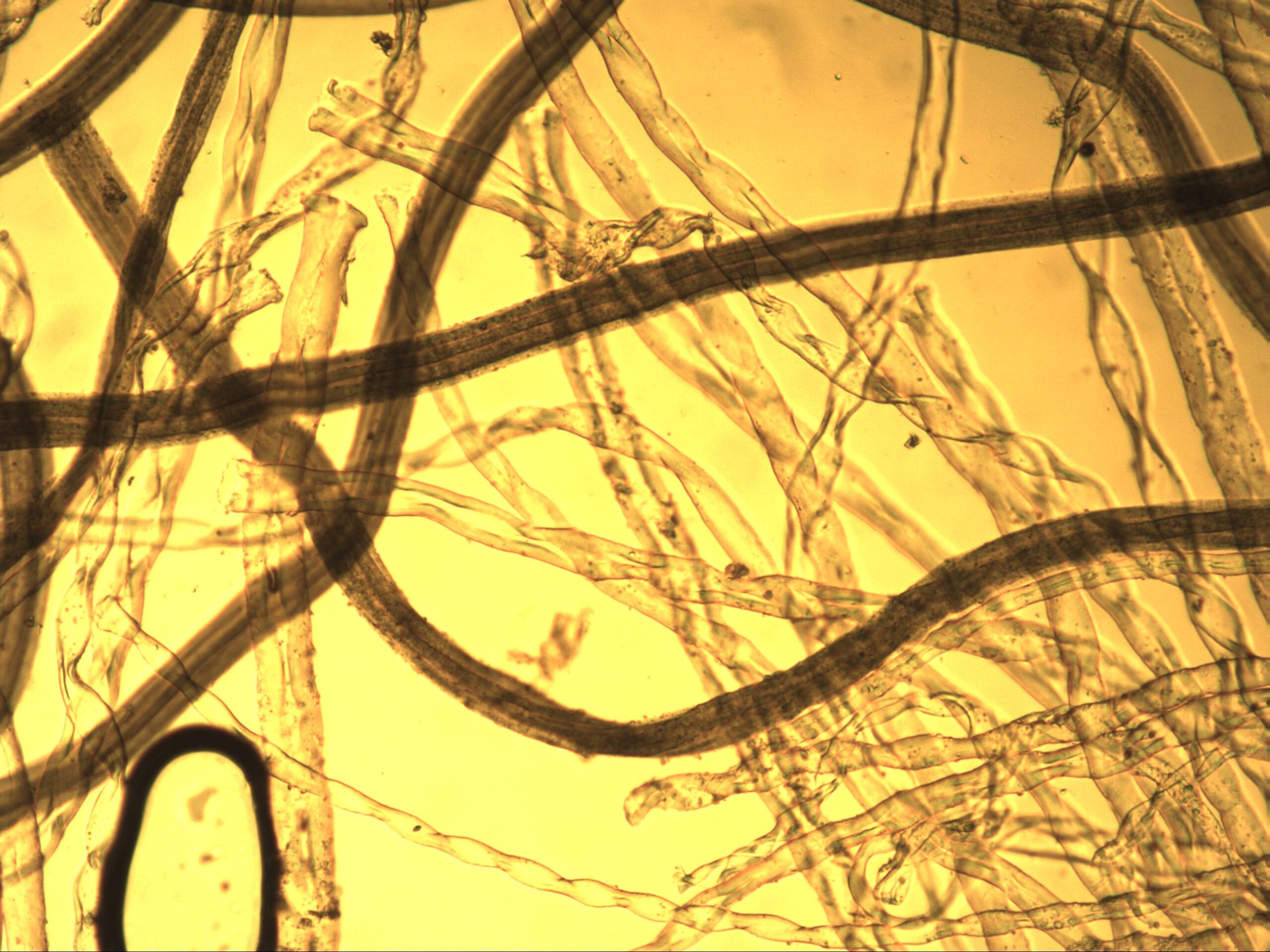
Fiber analysis – qualitative
DIN CEN ISO / TR 11827 describes a set of methods for determining the quality of fiber types. These include microscopic procedures and chemical processes
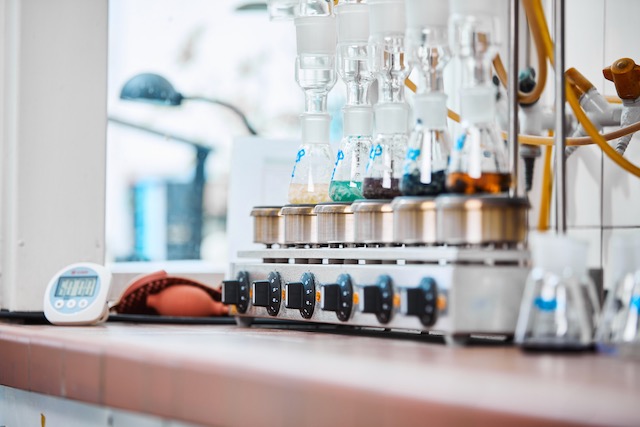
Chlorobenzenes and chlorotoluenes (carriers)
Carrier (organochlorine carrier) DIN 54232 specifies a method for determining the content of chlorobenzenes and chlorotoluenes in textiles. After extraction with a chlorinated organic solvent
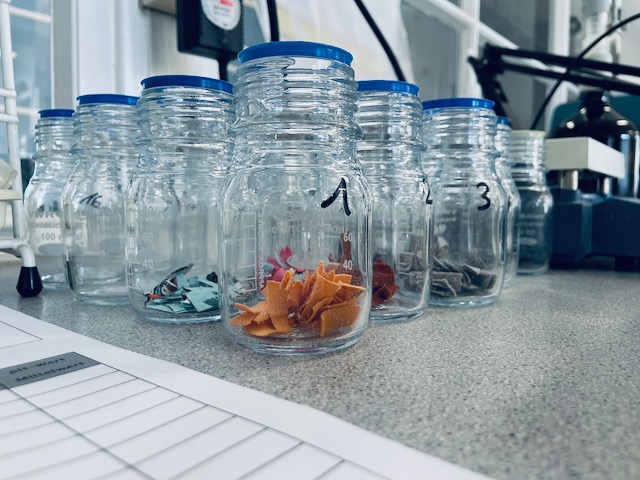
Amines from azo dyestuffs
MAK amines, azo dyes according to LFGB DIN EN ISO 14362-1 and DIN EN ISO 14362-3 define procedures to test for azo dyes that can

Alkylphenols and alkylphenol ethoxylates
DIN EN ISO 18254-1 specifies a method for determining the content of Alkylphenol ethoxylates (APEOs) in textiles. DIN EN ISO 21084, on the other hand, describes

